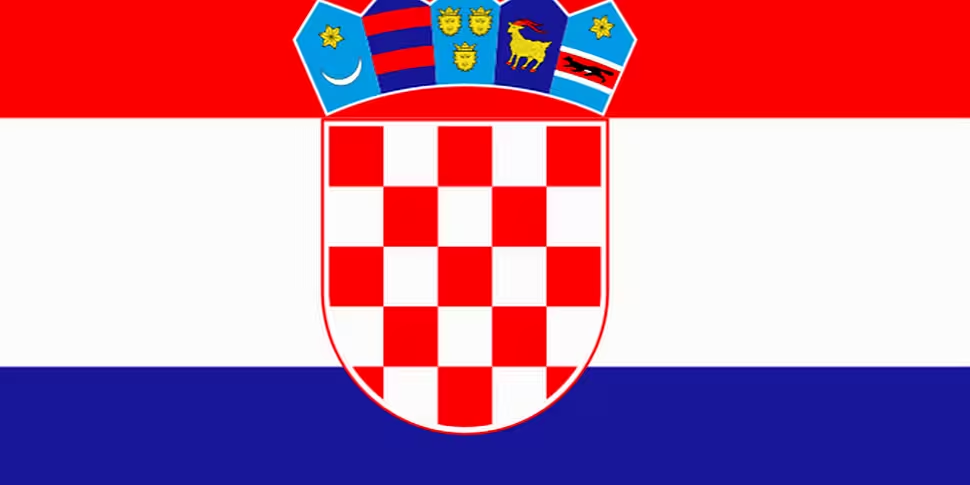Last night at midnight, the population of the European Union grew by just over 4 million as Croatia became the 28th member state.
The small Eastern European nation, formerly part of Yugoslavia, is currently led by a four-way centre-left coalition, colloquially called “cock-a-doodle-doo” as they first met in a restaurant of that name.
The 21,000 square mile country has an economy driven by a strong tourism sector, making up as much as 20% of GDP.

Accession Process
Their accession took ten years, and began on the 21st of February 2003 when the country applied to join the Union.
The process was a particularly lengthy one for Croatia, which is the second former Yugoslav Republic to join the EU.
Examination of the country’s national law to ensure it abides by the EU’s accumulated set of legal acts and legislation, holding its own referendum on membership, and having its Treaty of Accession ratified by all other members of the Union were just some of the elements they needed to take into account.
This included extradition of Croatian nationals to the Hague to face charges of war crimes committed during the Croatian War of Independence, something which had been previously resisted.
A border dispute with Slovenia also delayed the process. The country blocked accession until eventually backing down on a disagreement over Piran Bay, an area of 20 square kilometres but which would give Slovenia free access to international waters.

Mixed public sentiment
Public sentiment towards accession is mixed. 66% voted in favour of joining the EU back in 2012, which while a majority, the last two countries to hold a similar referendum, Slovenia and Slovakia, both polled results of 90% and 94% respectively in favour.
The Irish public ratified accession in 1972 with a majority 83%.
A reason for support not being at similar outright majorities could be due to the fear of losing sovereignty, having only declared independence 22 years ago.
This was also the case in both Slovenia and Slovakia, both only just over two decades old, although they joined the EU at a far more appealing time.
A study by the London School of Economics and Political Science says that a lack of information during the lengthy accession process also pulled public opinion down, as this graph demonstrates.

GDP could rise 8%
There are suggestions that it will take two-year period of adjustment, including overcoming the difficulties of having a lot of trade tied up in neighbouring non-EU nations, for Croatia to feel the benefits of the Union.
There are even tentative suggestions that the country will experience a very slow boom, with GDP per capita predicted to rise by 8%.
This is discussed in research by the CPB Netherlands Bureau for Economic Policy Analysis, which shows that while the introduction of Croatia into the Europe market will have a positive impact on the nation it will have a negligible effect of on the greater European economy. It’s current GDP is only a quarter of Ireland’s.
A Short History
The origins of modern Croatia date back to end of World War I, when in 1918 the Kingdom of Serbs, Croats and Slovenes was created out of the collapsing Austro-Hungarian Empire. This was soon renamed Yugoslavia.
Some independence for the Croats came in 1939 with the creation of the autonomous Banovina region. However two years later, in the midst of World War II, Yugoslavia was consumed by the Nazi Germany.
After the war, Yugoslavia remained under the rule of the communist and authoritarian leader Josip Broz Tito until his death 1980. Croatia existed as a unit of this republic.
In 1991, Croatia broke away from Yugoslavia. What followed was the Croatian War of Independence where Yugoslavia invaded in order to protect the Serb minority from the Croat majority.
The war ended in 1995. The border region of Eastern Slavonia was handed back to Croatia from UN control in 1999. Croatia joined NATO in 2009.

Zagreb, the capital of Croatia









